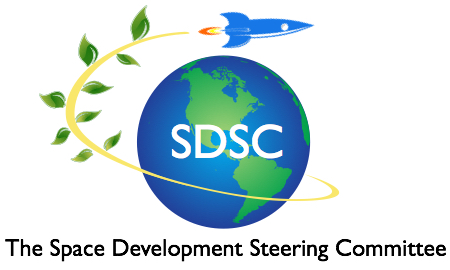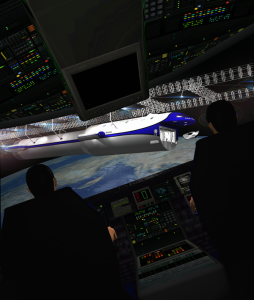This is a post by Mike Snead, President of the Spacefaring Institute and Associate Fellow of the AIAA.
If this comes as a surprise, so be it. The United States has a remarkably robust aerospace industrial base that has been capable, since the 1990s, of building an integrated, airline-like spacefaring logistics infrastructure throughout the Earth-Moon system. This infrastructure would be suitable for passenger—yes, passenger in every legal/ethical sense of the word—travel as well as payload and cargo transport throughout the Earth-Moon system. In fact, we would now likely be entering the third generation of such a capability—the operational equivalent of what you see in the movie “2001: A Space Odyssey” would be reality today.
The 2006 technical paper summaries what one such integrated infrastructure could look like using mid-1990s American technologies. The reusable flight systems would be certified for “aircraft-like” safety—not the passenger-inadequate “human-rated” safety approach of NASA—while the in-space logistics capabilities would be built using the heavy-lift launch capability of a system similar to the Space Launch System now under development. Starting today, we could have the initial infrastructure to LEO built within 10 years. Why we are not doing this is not a technology limitation, but imposed political limitations focused on the wrong outcomes, operational capabilities, and disregard for appropriate levels of human safety and operational effectiveness.
If the United States is to become a true commercial human spacefaring nation, building an integrated, airline-like spacefaring logistics infrastructure throughout the Earth-Moon system is a must do!
To begin to understand how this is achievable, see http://spacefaringinstitute.com/
Read the full paper here.
Mike Snead, PE, President, Spacefaring Institute LLC, Associate Fellow, AIAA and Past chair, AIAA Space Logistics Technical Committee


1 Comment
Mike Snead
While I appreciate the excitement of focusing on the human exploration and settlement of Mars, how this is to be accomplished without first establishing a practical and safe commercial American human spacefaring infrastructure throughout the Earth-Moon system is not clear. What does warrant clear serious attention by American spacefaring advocates is securing our country’s future energy security through space solar power. Until our energy security needs are on the path to be resolved with new sources of space-based sustainable energy, going to Mars is, in my view, wishful thinking.